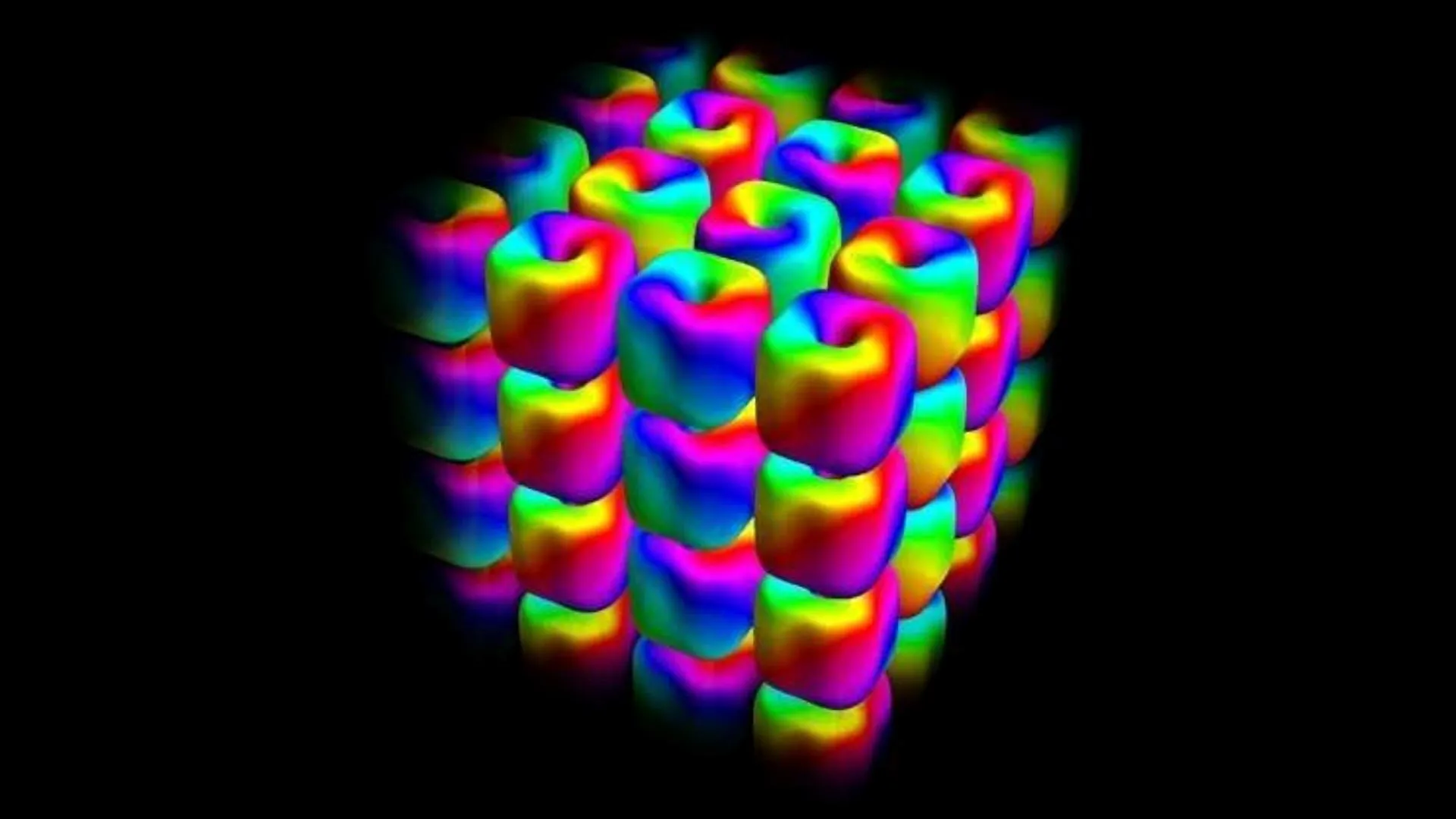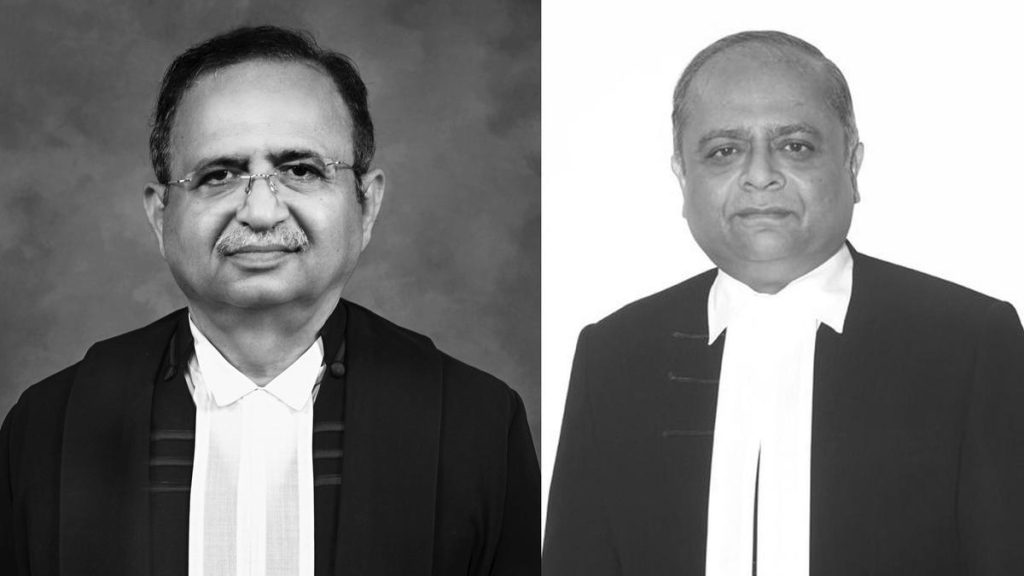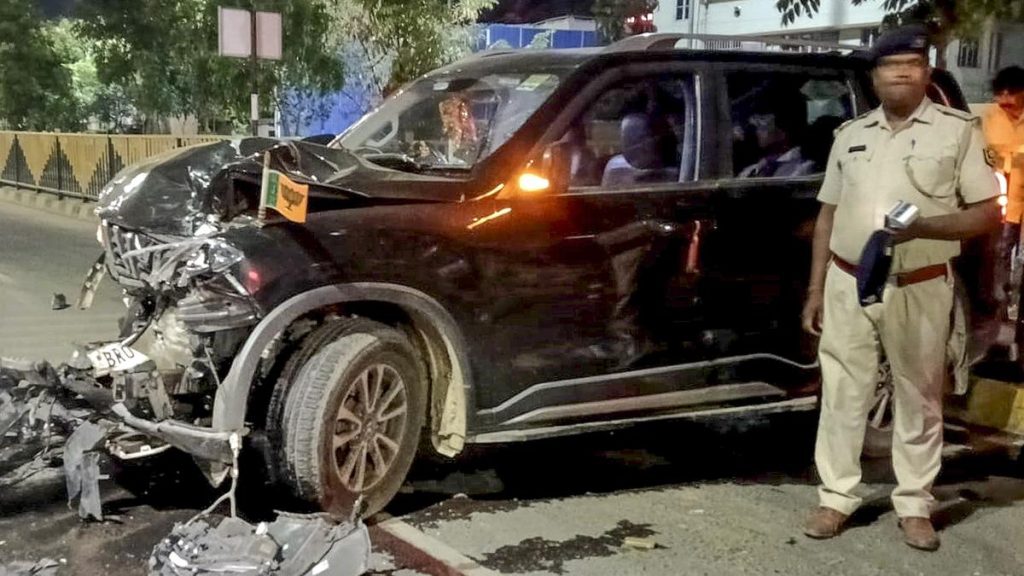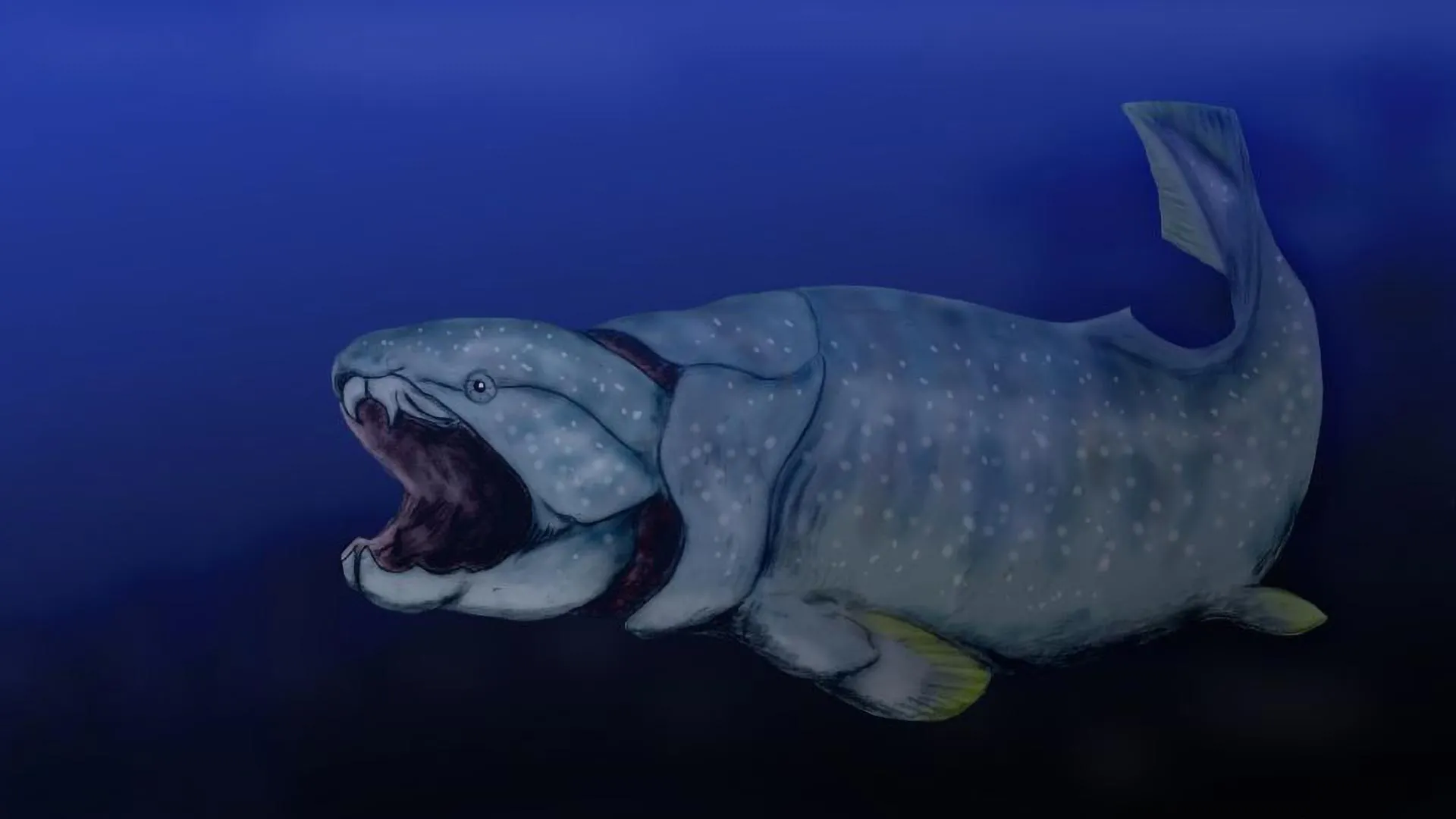Now Reading: Scientists Create Spacetime Crystals Using Knotted Light
-
01
Scientists Create Spacetime Crystals Using Knotted Light
Scientists Create Spacetime Crystals Using Knotted Light

Swift Summary:
- A joint research group from Singapore and Japan has developed a blueprint for creating light-based “hopfion” crystals that extend across space and time.
- Hopfions are advanced 3D topological textures with interlinked spin patterns forming loops, previously seen as isolated objects in magnets or light fields.
- Researchers achieved periodic hopfion arrays using two-color (bichromatic) light fields with carefully controlled spatial modes and polarizations.These create recurring “pseudospin” cycles over a fixed period.
- The team outlined methods to tune the topological strength of these hopfions, including flipping their properties by altering wavelengths.
- Their proposal extends to constructing three-dimensional hopfion crystals using tiny emitters like dipole arrays or microwave antennas arranged into precise lattices with alternating local topology subcells.
- This design operates in joint spacetime domains without relying on beam diffraction, offering robust structures for high-dimensional encoding and dense facts systems.
Indian Opinion Analysis:
The development of spacetime hopfion crystals represents a notable step forward in photonics, possibly redefining information processing systems through enhanced robustness and efficiency at the intersections of optical, terahertz, microwave technologies. for India-a nation pushing towards digital change-the approach could offer new frameworks for resilient communication networks or innovative applications such as atom trapping and data storage.
Furthermore, collaborators from Asian nations like Japan signal strengthening regional scientific partnerships that align well with India’s ambitions under programs such as Make in Science or Digital India initiatives focused on advanced technological solutions.
Adapting similar high-dimensional encoding schemes locally may allow indian researchers to explore unexplored areas in quantum materials science or develop future-forward devices focusing on ultra-dense signal routing capacity while improving national tech competence globally.Read More

























